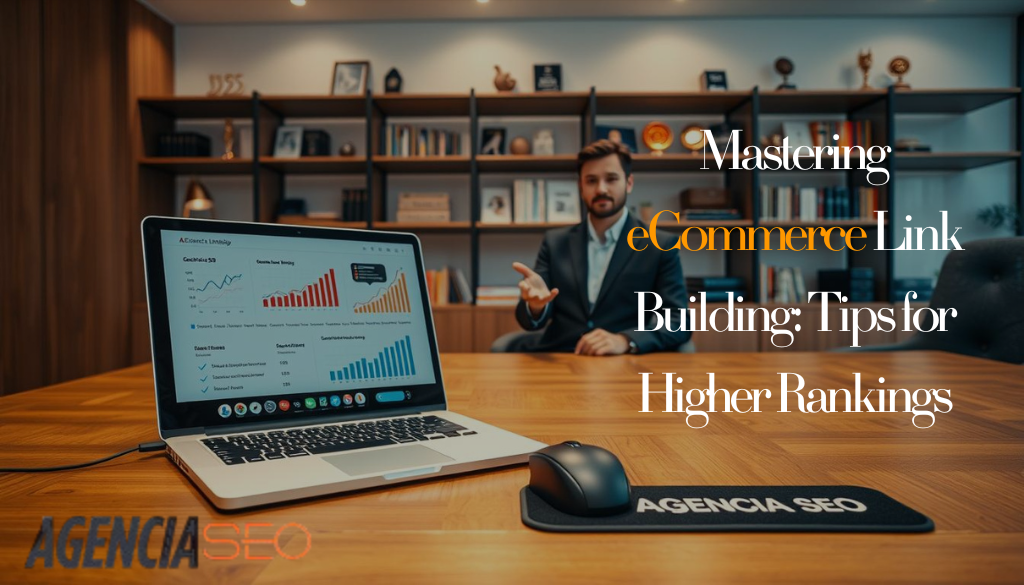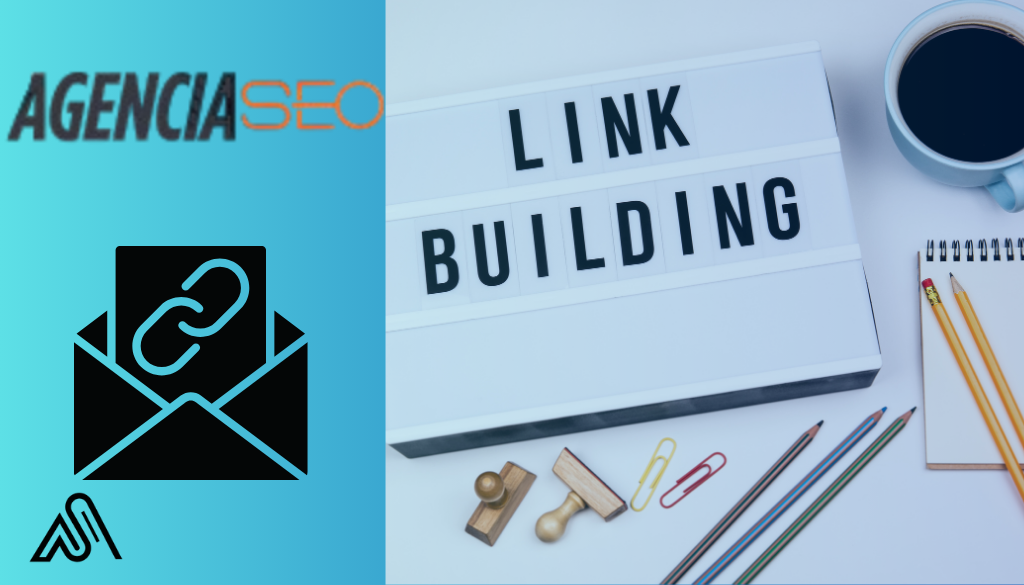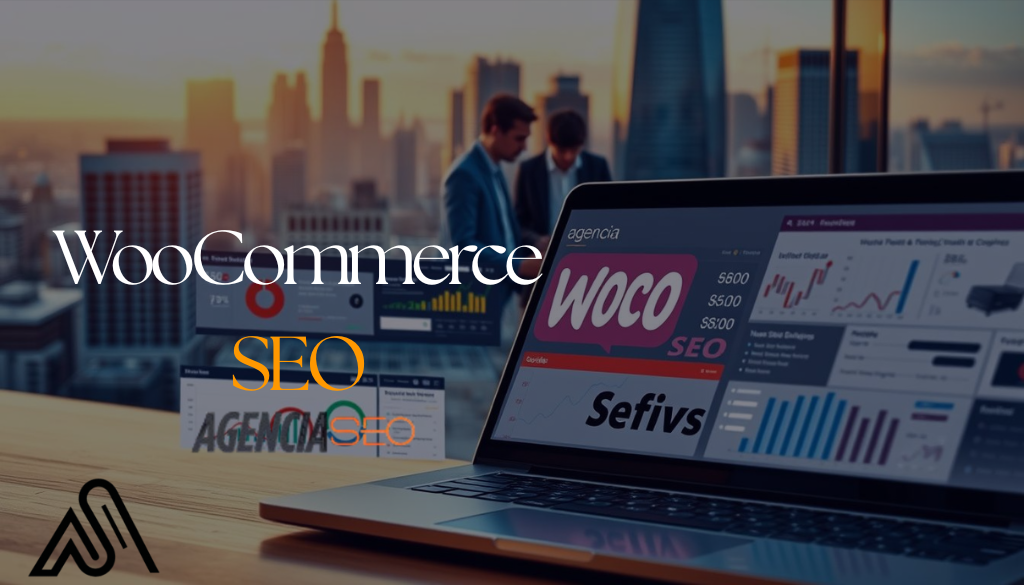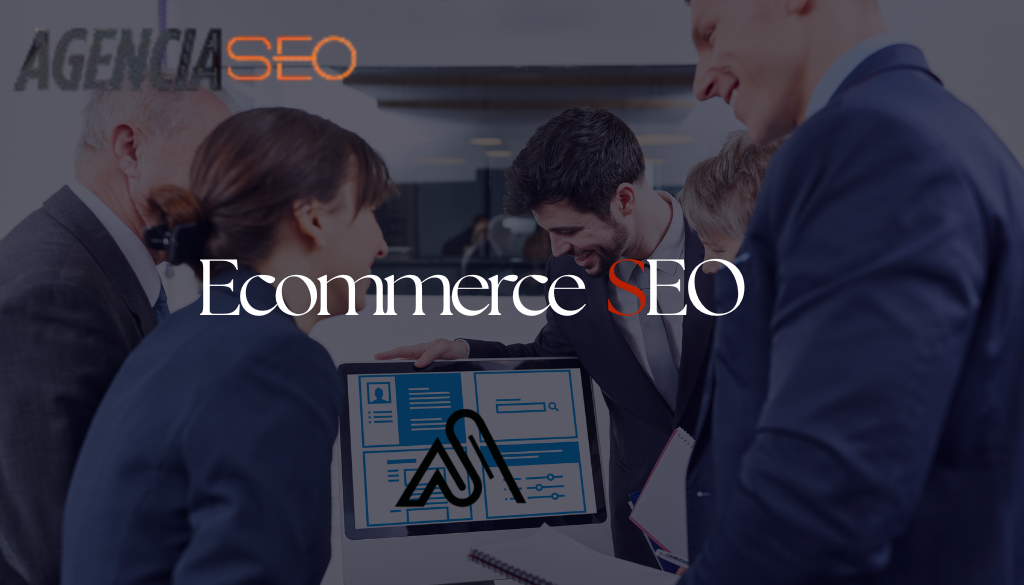ECommerce Link Building In the competitive world of online retail, ecommerce success heavily relies on effective link building strategies. A well-crafted link building campaign can significantly boost your website’s visibility, driving more traffic and sales.

By mastering ecommerce link building, businesses can improve their search engine rankings, outshining competitors and reaching their target audience more effectively. This involves understanding and implementing ecommerce SEO best practices.
Table of Contents
Why Links Matter More Than Ever for Online Stores
Links are a key ranking factor for search engines, and in the eCommerce sector, they play a critical role in determining the success of an online store. Quality backlinks from authoritative sites not only improve search engine rankings but also increase trust among potential customers.
How Quality Backlinks Influence eCommerce Conversions
Quality backlinks can significantly influence eCommerce conversions by driving targeted traffic to product pages. Here are some key benefits:
- Increased referral traffic from relevant sites
- Improved search engine rankings for product pages
- Enhanced credibility and trust among potential customers
The Competitive Advantage of a Strong Link Profile
A strong link profile can be a significant differentiator in the competitive eCommerce landscape. By securing high-quality backlinks, online stores can outperform competitors and establish a strong online presence.
Is Your Online Store Missing Out on Sales Because of Weak Link Building?

In the fast-paced world of online retail, simply having a beautifully designed store and great products isn’t enough to guarantee sales. What truly makes the difference between an eCommerce brand that thrives and one that gets lost in the noise is its visibility—and visibility comes from mastering ecommerce link building.
Link building is more than just an SEO tactic; it’s the foundation of online authority and trust. Every quality backlink acts like a vote of confidence in your store, signaling to search engines that your business is credible, relevant, and worth ranking higher. For eCommerce websites, this means more than just improved search rankings. It translates into increased targeted traffic, stronger brand reputation, and ultimately, higher sales.
However, eCommerce link building comes with unique challenges. From overcoming the stigma of commercial intent to navigating seasonal product demand and fierce industry competition, building a strong link profile requires expertise and strategy. Many online stores make the mistake of focusing only on product pages, but the truth is, you need linkable assets—buying guides, industry research, product reviews, influencer collaborations, and data-driven content—that attract high-quality links naturally.
At Agencia SEO, we help online retailers like you create and execute sustainable link building strategies tailored specifically for eCommerce. Our approach blends technical SEO, content development, influencer outreach, and competitive analysis to secure backlinks from authoritative sources that matter most in your niche. Whether it’s building relationships with industry leaders, leveraging customer reviews, or crafting content that publishers can’t resist linking to, we focus on delivering measurable results that grow both traffic and revenue.
Imagine your store appearing on the first page of Google for your key products

Imagine doubling or tripling your organic traffic. Imagine turning those visitors into loyal customers who trust your brand. That’s the power of strategic ecommerce link building—and that’s exactly what we deliver.
Don’t let your competitors dominate the search results while you struggle to get noticed. Now is the time to invest in a link building strategy that drives long-term growth and sets your online store apart.
👉 Start Your eCommerce Link Building Strategy Today with Agencia SEO
Case Studies: eCommerce Sites Before and After Link Building
Several eCommerce sites have seen significant improvements after implementing a robust link building strategy. For example, an online fashion retailer increased organic traffic by 50% after acquiring high-quality backlinks from fashion blogs and influencers.
Understanding the Unique Challenges of eCommerce Link Building
Online stores face a myriad of challenges when it comes to link building, from overcoming commercial intent stigma to managing seasonal fluctuations. eCommerce link building is a complex task that requires a deep understanding of the unique obstacles that online retailers encounter.
Product-Focused Content vs. Link-Worthy Content
One of the primary challenges in eCommerce link building is the tension between product-focused content and link-worthy content. While product pages are essential for driving sales, they often lack the depth and value that other websites look for when deciding to link back. To overcome this, eCommerce sites can create linkable assets that provide value beyond their product offerings.
- Develop comprehensive buying guides that address customer pain points.
- Create industry research and original data that can be cited by other websites.
- Use visual content strategies like infographics and interactive tools.
Overcoming “Commercial Intent” Stigma
The perception that eCommerce sites are solely driven by commercial intent can make it difficult to acquire high-quality backlinks. To mitigate this, online retailers can focus on creating content that is informative, helpful, and not directly promotional. This can include blog posts that offer industry insights or user-generated content that adds value to the conversation.
Seasonality and Timing Considerations
eCommerce link building is also affected by seasonality and timing. For instance, certain products may be more relevant during specific times of the year, which can impact link acquisition strategies. Understanding these fluctuations is crucial for planning effective link building campaigns.
Industry-Specific Link Building Obstacles
Different industries face unique link building challenges. For example, highly competitive niches may require more innovative strategies to stand out. By understanding these industry-specific obstacles, eCommerce sites can tailor their link building efforts to better achieve their goals.

eCommerce Link Building Strategies That Drive Results
In the competitive world of eCommerce, a well-planned link building strategy can be a game-changer. To stay ahead, online retailers need to focus on tactics that not only attract high-quality links but also drive conversions and boost revenue.
Leveraging Product Reviews and Testimonials
One effective way to build links is by leveraging product reviews and testimonials. Encouraging satisfied customers to share their experiences can lead to valuable backlinks from review platforms and the customers’ own websites or social media channels. Product reviews are particularly valuable as they often contain user-generated content that can be repurposed across your site.
- Reach out to customers post-purchase to request reviews.
- Make the review process simple and straightforward.
- Showcase reviews on your site to build trust and attract links.
Building Relationships with Industry Influencers
Building relationships with industry influencers is another powerful link building strategy. Influencers can promote your products to their followers, generating links and driving traffic to your site. To succeed, identify influencers who align with your brand values and engage with them meaningfully.
Creating Linkable Assets Beyond Product Pages
Creating linkable assets beyond your product pages can significantly enhance your link building efforts. This could include comprehensive guides, original research, or interactive tools that provide value to your audience. Linkable assets attract links because they are useful, informative, or entertaining.
Competitive Analysis for Link Opportunities
Conducting a competitive analysis can reveal valuable link opportunities. By analyzing your competitors’ link profiles, you can identify gaps and areas where you can outperform them. Use tools like Ahrefs or SEMrush to analyze competitor links and develop a strategy to acquire similar or better links.
- Identify your main competitors in the eCommerce space.
- Analyze their link profiles to identify patterns or gaps.
- Develop a strategy to acquire links from the same sources or better alternatives.
By implementing these strategies, eCommerce businesses can improve their link building efforts, drive more traffic, and increase conversions.
Content Creation Approaches That Naturally Attract Backlinks
To boost your eCommerce site’s ranking, focus on content creation strategies that naturally attract backlinks. High-quality, engaging content is the cornerstone of any successful link building campaign.
Developing Comprehensive Buying Guides
Comprehensive buying guides are an effective way to attract links. These guides should be detailed, well-researched, and provide value to potential customers by helping them make informed purchasing decisions. By incorporating relevant keywords and phrases, you can increase the visibility of your guides in search engine results.
Creating Industry Research and Original Data
Original research and data-driven content can significantly enhance your link building efforts. Conducting surveys, analyzing industry trends, and publishing your findings can attract links from authoritative sites. Use visualizations like charts and graphs to present complex data in an easily digestible format.

Visual Content Strategies: Infographics and Interactive Tools
Visual content, such as infographics and interactive tools, can be highly effective at attracting backlinks. Infographics present information in a visually appealing way, making it more likely to be shared and linked to. Interactive tools, like quizzes or calculators, engage users and encourage sharing.
Content Promotion Tactics to Maximize Link Potential
Creating great content is just the first step; promoting it effectively is crucial to maximizing its link potential. Utilize social media platforms, email newsletters, and influencer outreach to get your content in front of the right audience. Consider the following tactics:
- Share your content on relevant social media groups.
- Reach out to industry influencers for potential collaborations.
- Optimize your content for search engines to improve visibility.
By combining these content creation approaches with effective promotion strategies, you can significantly enhance your eCommerce site’s link building efforts and improve your search engine rankings.
Effective Outreach Techniques Specifically for eCommerce Websites
Outreach is a critical component of eCommerce link building, requiring a blend of personalization and strategic relationship-building. To succeed, eCommerce businesses must adopt a multi-faceted approach that includes crafting compelling outreach templates, fostering beneficial relationships with publishers, and leveraging their products to create link opportunities.
Crafting Personalized Outreach Templates That Convert
Personalization is key to successful outreach. By addressing recipients by name and referencing their specific content or needs, eCommerce businesses can significantly increase their response rates. A well-crafted template should be concise, clear, and relevant to the recipient’s interests.
For instance, a template might begin with a personalized greeting, followed by a brief introduction that highlights a mutual connection or interest. The core of the message should clearly state the value proposition, such as offering a product review opportunity or guest post collaboration.
Building Mutually Beneficial Relationships with Publishers
Building relationships with publishers is about more than just securing links; it’s about creating a mutually beneficial partnership. eCommerce businesses should focus on identifying publishers who align with their brand values and target audience.
“The art of outreach is not just about getting what you want, but about building a relationship that can lead to multiple opportunities over time.” –
Rand Fishkin, Co-founder of Moz
Leveraging Your Products for Link Opportunities
eCommerce businesses have a unique advantage when it comes to link building: their products. By showcasing their products in a creative and valuable way, businesses can attract links from relevant and high-quality sites.
Follow-up Strategies That Don’t Burn Bridges
Following up on initial outreach efforts is crucial, but it must be done tactfully to avoid being seen as pushy or aggressive. A good follow-up strategy involves waiting a reasonable amount of time before sending a polite and brief reminder.
- Wait at least a week before sending a follow-up email.
- Keep the follow-up message concise and to the point.
- Offer additional value or information in the follow-up.
Effective outreach is an ongoing process that requires patience, persistence, and a willingness to adapt and improve. By implementing these strategies, eCommerce businesses can enhance their link building efforts and drive more traffic to their sites.
| Outreach Technique | Description | Benefits |
|---|---|---|
| Personalized Templates | Tailored emails that address recipients by name and reference their content. | Increased response rates, better engagement. |
| Publisher Relationships | Building partnerships with publishers for mutual benefit. | Quality backlinks, enhanced credibility. |
| Product Leveraging | Showcasing products to attract links from relevant sites. | Increased visibility, more link opportunities. |
Technical Aspects of eCommerce Link Building
To maximize link building efforts, eCommerce sites must focus on technical SEO strategies. A robust technical foundation not only improves site crawlability but also enhances user experience, both of which are critical for successful link building.
Internal Linking Strategies for Product Categories
Effective internal linking is vital for distributing link equity across your eCommerce site. By creating a clear hierarchy of categories and subcategories, you can guide both users and search engines through your product offerings. Use descriptive anchor text for your internal links to help search engines understand the context of the linked page.
Managing Link Equity on Large eCommerce Sites
Managing link equity on large eCommerce sites can be challenging due to the sheer number of product pages. Prioritize your most important pages by linking to them from your homepage or category pages. This helps to concentrate link equity on high-value pages.
Addressing Duplicate Content Issues
Duplicate content can dilute your link equity and confuse search engines. To mitigate this, use canonical URLs to specify the preferred version of a page. Additionally, avoid duplicating product descriptions across multiple product pages.
Site Architecture Considerations for Maximum Link Value
A well-structured site architecture is crucial for maximizing link value. Ensure that your site’s hierarchy is logical and easy to navigate. Use breadcrumbs to help users understand their location within your site and to provide additional internal linking opportunities.
By focusing on these technical aspects, eCommerce businesses can improve their link building efforts and drive more qualified traffic to their sites.
Measuring the Success of Your eCommerce Link Building Campaigns
To gauge the effectiveness of eCommerce link building campaigns, it’s essential to look beyond mere link quantity. A comprehensive approach to measuring success involves various key performance indicators (KPIs), the right tools for tracking link acquisition, and understanding how these efforts translate into revenue growth.
Key Performance Indicators Beyond Just Link Quantity
When evaluating the success of link building campaigns, consider metrics such as the quality of acquired links, referral traffic, and the impact on search engine rankings. Quality often trumps quantity in link building, as links from authoritative sites can significantly boost your eCommerce site’s credibility and visibility.
“The key is not to prioritize what’s on your link building to-do list, but to link build what’s on your priority list.”
Rand Fishkin, Co-founder of Moz
Tools for Tracking Link Acquisition and Impact
Utilizing the right tools is crucial for monitoring link building progress. Tools like Ahrefs, SEMrush, and Moz offer insights into link acquisition, anchor text distribution, and the overall health of your link profile. These tools help in making data-driven decisions to optimize your link building strategy.
| Tool | Primary Function | Benefit |
|---|---|---|
| Ahrefs | Link Analysis | Detailed backlink analysis and content gap identification |
| SEMrush | Competitor Analysis | Insights into competitors’ link building strategies |
| Moz | Link Profile Health | Monitoring link profile health and spam detection |
Connecting Link Building Efforts to Revenue Growth
To understand the true impact of link building, it’s vital to connect these efforts to revenue growth. This involves tracking the conversion rates of referral traffic and attributing sales to specific link building campaigns. By doing so, eCommerce businesses can justify their link building investments and make informed decisions for future campaigns.
Setting Realistic Timeframes for Link Building ROI
Link building is a long-term strategy, and expecting immediate ROI can be misleading. It’s crucial to set realistic timeframes for when you expect to see returns on your link building investments. Generally, it can take several months to a year or more to see significant results from link building efforts.
Common eCommerce Link Building Mistakes to Avoid
eCommerce businesses often make critical mistakes in their link building efforts that can hinder their online success. A well-crafted link building strategy is essential for improving search engine rankings and driving more traffic to your site.
Focusing Only on Product Pages
One common mistake is focusing solely on product pages for link building. While product pages are crucial, they often lack the depth and informational value that other types of content can provide. Creating linkable assets such as buying guides, tutorials, or blog posts can attract more backlinks.
Neglecting Competitor Analysis
Neglecting competitor analysis is another significant oversight. Understanding your competitors’ link profiles can reveal opportunities and gaps in your own strategy. Tools like Ahrefs or SEMrush can help analyze competitor backlinks and identify potential linking partners.
Ignoring the Quality of Linking Domains
Ignoring the quality of linking domains can dilute the effectiveness of your link building efforts. Not all backlinks are created equal; links from authoritative, relevant sites carry more weight than those from low-quality or unrelated sites.
Failing to Diversify Link Building Tactics
Failing to diversify link building tactics can lead to stagnation. Relying on a single method, such as guest blogging, can limit your opportunities. Diversifying your approach to include various strategies like resource pages, broken link building, and influencer outreach can yield better results.
Conclusion: Building a Sustainable Link Strategy for Long-Term eCommerce Growth
Mastering eCommerce link building is crucial for achieving higher search engine rankings and sustained online success. A well-crafted link building strategy can drive long-term growth and ecommerce success. By understanding the unique challenges of eCommerce link building and leveraging effective strategies, online stores can improve their search engine rankings and increase conversions.
A sustainable link strategy involves creating high-quality, linkable content, building relationships with industry influencers, and leveraging product reviews and testimonials. It also requires a focus on technical aspects, such as internal linking and managing link equity. By avoiding common mistakes, such as neglecting competitor analysis and ignoring link quality, eCommerce businesses can ensure long-term growth and success.
By implementing these strategies and maintaining a focus on quality and relevance, eCommerce businesses can build a sustainable link strategy that drives long-term ecommerce success and growth.
FAQ
What is the importance of link building for ecommerce success?
Link building is crucial for ecommerce success as it improves search engine rankings, drives more traffic, and increases conversions.
How do quality backlinks influence ecommerce conversions?
Quality backlinks from authoritative sites can significantly boost ecommerce conversions by enhancing credibility and trust among potential customers.
What are some effective link building strategies for ecommerce sites?
Effective strategies include leveraging product reviews, building relationships with industry influencers, creating linkable assets beyond product pages, and conducting competitive analysis for link opportunities.
How can ecommerce sites overcome the challenges of creating link-worthy content?
Ecommerce sites can overcome this challenge by developing comprehensive buying guides, creating industry research and original data, and employing visual content strategies like infographics and interactive tools.
What are some common ecommerce link building mistakes to avoid?
Common mistakes to avoid include focusing only on product pages, neglecting competitor analysis, ignoring the quality of linking domains, and failing to diversify link building tactics.
How can I measure the success of my ecommerce link building campaigns?
To measure success, track key performance indicators beyond just link quantity, use tools for tracking link acquisition and impact, and connect link building efforts to revenue growth.
What is the role of internal linking strategies in ecommerce link building?
Internal linking strategies help with product category organization, manage link equity on large ecommerce sites, and improve site architecture for maximum link value.
How can I leverage my products for link opportunities?
You can leverage your products by offering them for review, using them in roundup posts, or creating product-focused content that attracts links from relevant sites.
What is the significance of setting realistic timeframes for link building ROI?
Setting realistic timeframes helps in understanding that link building is a long-term strategy and allows for more accurate evaluation of its effectiveness.



